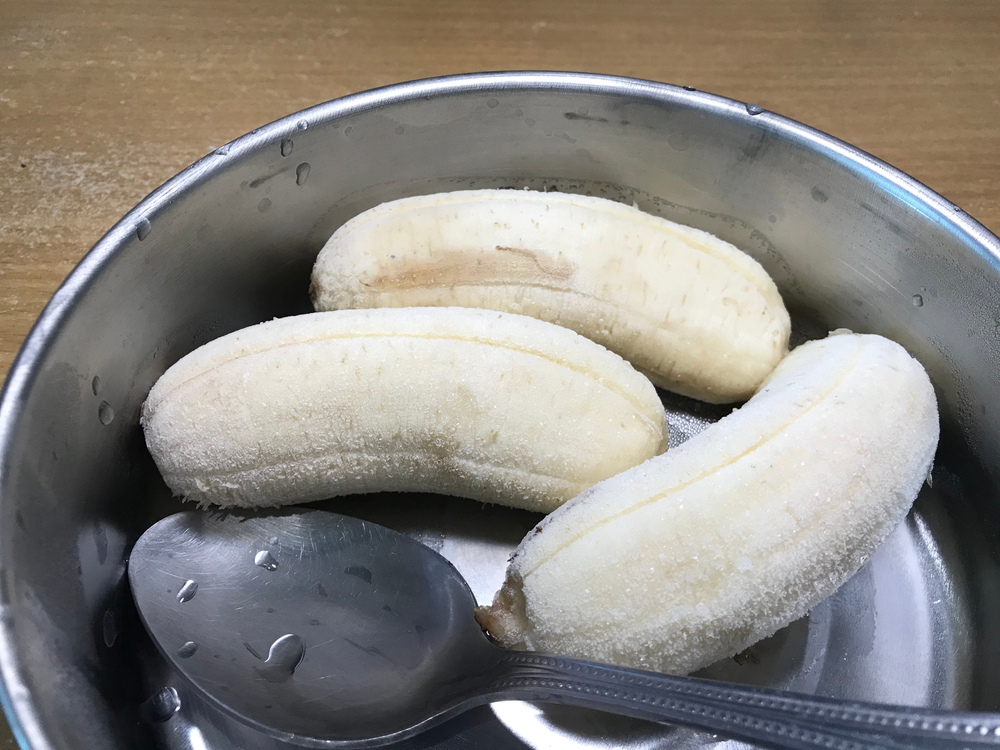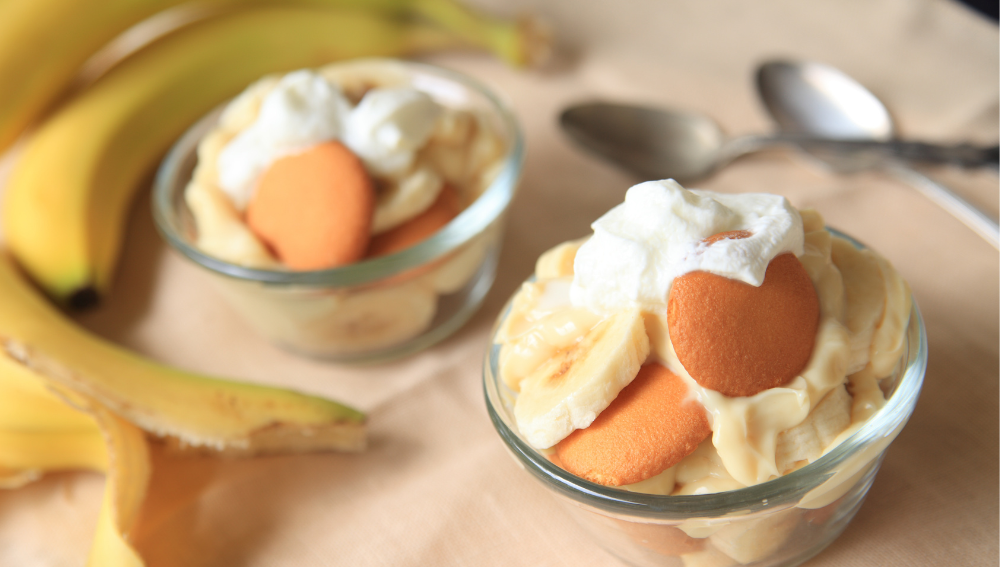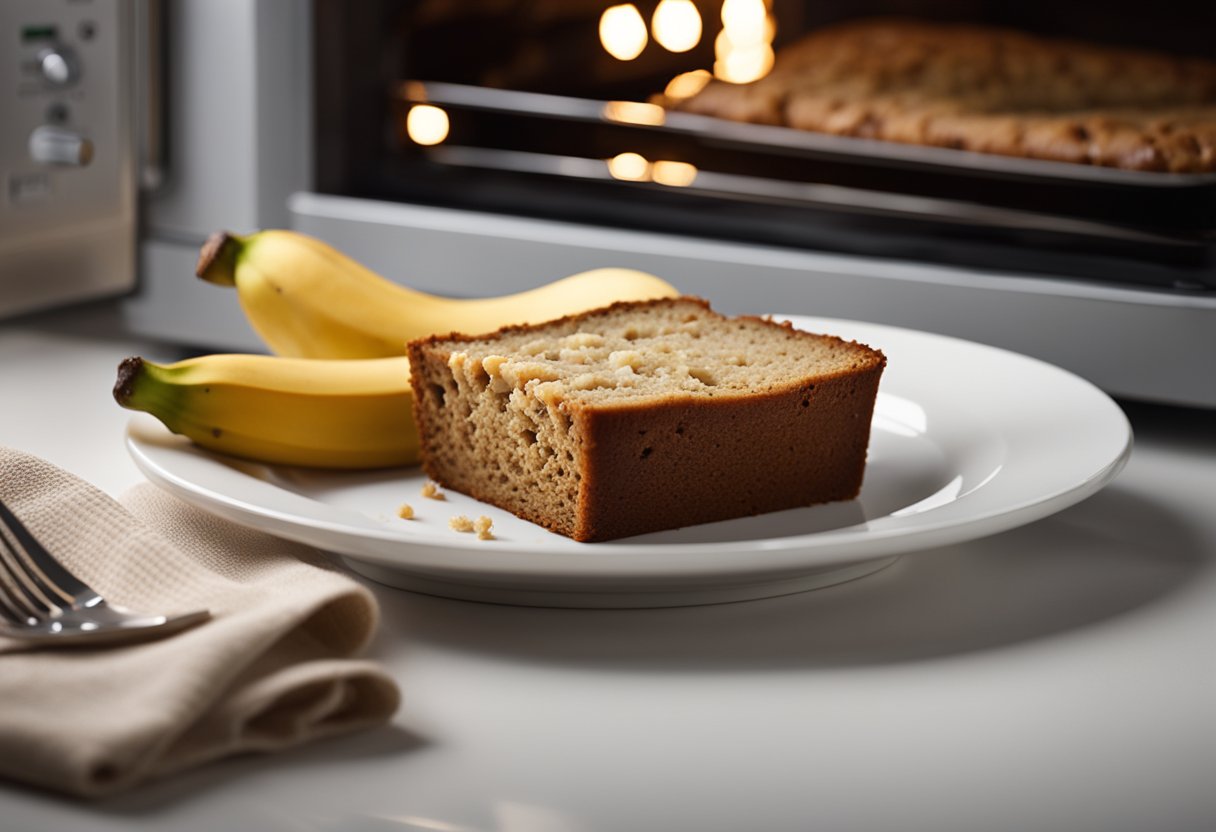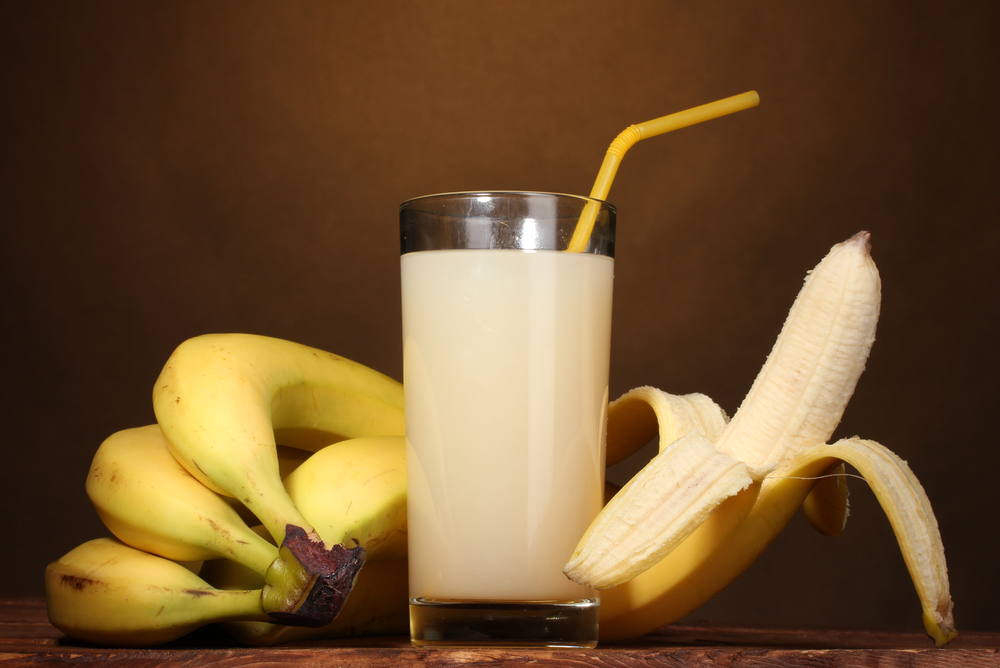Bananas are a very common fruit, enjoyed in many ways. They can be eaten right after buying them, used as a component for recipes, or frozen. The answer to the question of whether bananas have seeds is more complicated than you might think.

When you slice up a banana that you’ve just bought from the store, you probably see tiny black dots. These are actually not seeds, technically speaking, because they are unable to perform the sole task that seeds are used for.
Store-bought bananas have been genetically modified to have three sets of genes, instead of two. This modification creates a triploid, essentially immature seeds. They can not be planted or grown from your banana.
Bananas in the wild do have seeds, but bananas bought at the grocery store do not.
How Bananas Grow
If you call a banana a fruit, you would be both correct and incorrect. The plant that bananas grow from is known as a banana tree, but is actually an herb in the same family as ginger. This is because its stem is succulent and similar to a tree’s, but is not wood.
Bananas do not grow from a seed. Instead, they grow from a bulb-shaped rhizome. These rhizomes are stems that first grow underground. The entire growth process of a banana takes quite some time. After nine to twelve months bananas are ready to be harvested.
Commercial Bananas
When bananas are grown commercially, they are usually harvested long before the nine to twelve month range. After the rhizomes sprout, what’s known as “banana pups” arise from the ground. These pups are harvested once they grow to be three to four feet tall.
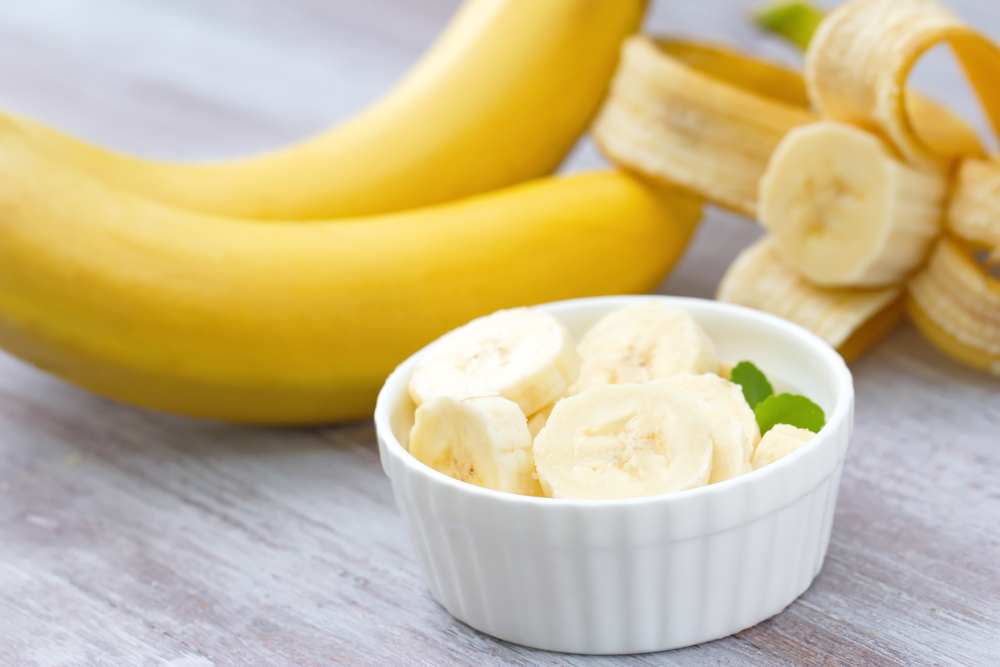
Banana pups appear to be separate plants from their mother plant, but since they are connected at the root, they can be harvested, then replanted and repurposed to be mother plants. This process makes bananas much more abundant than they are in the wild.
So, no seeds are involved in the process of commercial banana growth. There are hundreds of banana varieties, but the one most grown for commercial use is the Cavendish banana.
A man named William Cavendish invented the process of creating triploids which do not allow the seeds to fully form, hence the name. This type of banana was created by crossbreeding multiple wild species of bananas.
Wild Bananas
The main difference between commercial and wild bananas, as discussed, is that wild bananas have mature seeds in them. Bananas grow naturally in tropical parts of the world in a few countries including India, southeast Asia, and northern Australia.
But, wild bananas contain very little fruit. They are packed with fully grown seeds, resemblant of bullets. They are also much smaller than the commercial bananas we are all more familiar with. In the wild, bananas do indeed grow how you would expect them to.
They reproduce from the same sexual reproduction that many plants do, unlike commercially grown bananas, which are reproduced asexually. Wild bananas can be eaten, and their taste is said to be more pungent than commercial bananas. In the wild, bananas are actually called plantains, and the ones we eat are “dessert bananas.”

Growing Your Own Bananas
While the bananas you buy at the store do not have functional seeds, it is still possible to grow your own. You won’t have any luck with commercial bananas, though. But the process of growing your own bananas from wild banana seeds is not too complicated:
- Soften the wild banana seeds by soaking them in a bowl full of warm water. Change the water when it cools, and leave for 48 hours. This allows the seed embryo time to sprout.
- Grab a seed tray and line it with potting soil that has a lot of organic compost. It needs over half of the content to be sandy or airy loam. Once the seeds begin to grow, it will absorb these nutrients.
- Sow the seeds about a quarter inch below the soil. This will likely need to be done indoors because the soil temperature must stay above 68 degrees Fahrenheit.
- Using a heat mat can help to maintain the temperature. Usually, they will need about 19 hours of cool temperatures and five hours of warmth.
- When watering, make sure that the tray is moist but not drenched. The seeds need damp conditions to germinate. After that, continuing the instructions, all you need is time. Some varieties germinate in a few weeks, and others in a few months.
How Bananas Grow
About ten months after a seed has been sown, the flowering stalk of the banana will begin to protrude. From this, a pseudostem will grow from the middle. The pseudostem will have around thirty individual leaves growing off of it. Soon after, flowers will appear.

Flowers will grow in spirals along the stalk of the banana plant. Eventually, these shed off into bananas that will have their own functional seeds. Typically, this process takes a total of 180 days. But when starting from seeds, it can take over a year. So you see why commercial growers use a different method!
Conclusion
So, to answer the question, wild bananas do have seeds. The bananas that we buy at the grocery store, which have been genetically modified over time, do not have seeds.


